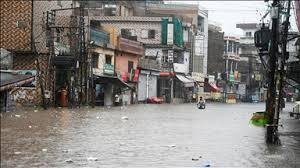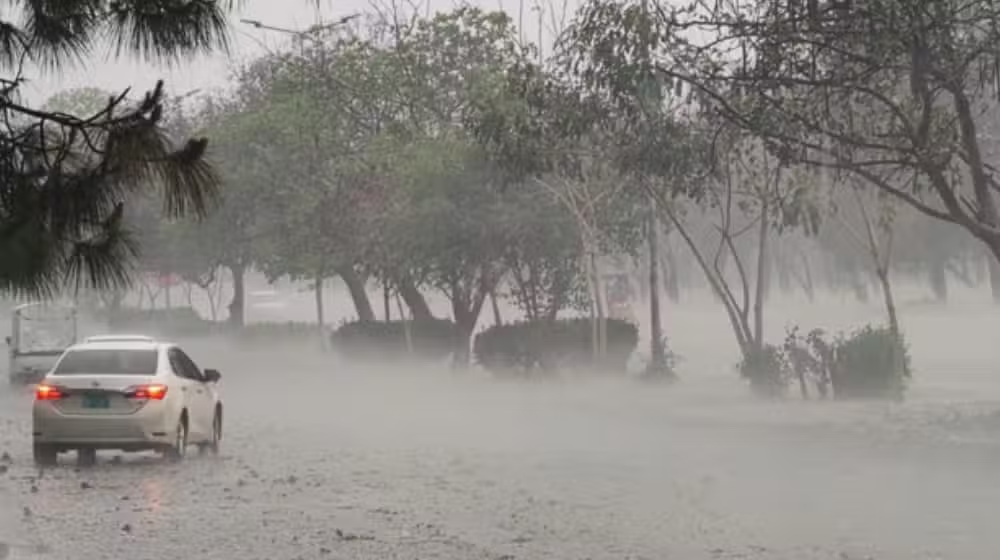234 Pakistanis Killed in Rain and Flash Floods Since June 26

Severe weather continues to wreak havoc across Pakistan, with official reports confirming that 234 Pakistanis have been killed in rain related incidents and flash floods since June 26. Torrential monsoon downpours have triggered landslides, urban flooding, and collapsed homes, leading to widespread loss of life and property.
This alarming death toll has raised concerns about Pakistan’s ability to manage extreme weather events, which are becoming more frequent due to climate change. Rescue teams are working tirelessly to reach affected areas, but the damage has already been devastating in many parts of the country.
A Nation in Mourning: 234 Pakistanis Killed in Rain
Since the beginning of the monsoon season in late June, Pakistan has faced relentless rainfall. According to the National Disaster Management Authority (NDMA), 234 Pakistanis have been killed in rain and flood-related disasters. Victims include women, children, and the elderly, many of whom were caught in flash floods, house collapses, or electrocution.
The most affected regions include Balochistan, Punjab, Khyber Pakhtunkhwa, and parts of Sindh. In the northern areas, landslides have blocked major roads, cutting off access to rescue and relief services. The NDMA has warned that more rainfall is expected in the coming days, which could worsen the already dire situation.
Urban Flooding Causes Havoc
Major cities like Lahore, Islamabad, and Karachi have been hit hard by urban flooding. Streets have turned into rivers, disrupting transportation, damaging homes, and shutting down markets and businesses. In Karachi, overflowing drainage systems have caused sewage water to mix with rainwater, posing serious health risks to residents.
Hospitals in flooded areas are also overwhelmed. Many are struggling to provide medical care due to power outages and limited supplies. Health officials are warning of potential outbreaks of waterborne diseases like cholera and dengue fever in the coming weeks.
Rescue Operations Underway
Emergency response teams, including the Pakistan Army, Rescue 1122, and local volunteers, have been mobilized in the hardest hit districts. Boats and helicopters are being used to evacuate people stranded in floodwaters. Relief camps have been set up in schools and community centers to house displaced families.
However, rescue efforts have been hampered by washed-out roads, broken bridges, and heavy rainfall. Many remote areas remain inaccessible, leaving hundreds in urgent need of assistance. The government has urged people living in low lying regions to move to higher ground as a precaution.
Government Response and Challenges
In response to the disaster, the federal and provincial governments have announced compensation for victims’ families. Emergency funds are being allocated for relief operations, and temporary shelters are being provided for those who lost their homes.
Despite these efforts, critics argue that Pakistan’s disaster preparedness remains inadequate. The tragic fact that 234 Pakistanis were killed in rain in just a few weeks highlights the need for long term infrastructure improvements, better drainage systems, and early warning mechanisms.
Environmental experts also stress the importance of climate resilience. Pakistan ranks among the top 10 countries most vulnerable to climate change. Without serious action, such disasters will only become more frequent and more deadly.
Community Support and Global Aid
As the nation mourns, citizens are stepping up to support those in need. Local NGOs, charities, and community organizations have launched donation drives and are distributing food, clean water, and clothing to displaced families.
International aid agencies have also offered assistance. The United Nations and the Red Cross are monitoring the situation and may deploy resources if conditions worsen. Global climate advocates have pointed to this tragedy as a wake-up call for the international community to support climate vulnerable nations like Pakistan.
The Road Ahead: Preparing for Future Storms
With weather forecasts predicting continued rainfall throughout the month, the risk of further damage and fatalities remains high. The NDMA has issued flood warnings in multiple areas and urged provincial authorities to remain on high alert.
This tragedy serves as a stark reminder of the urgent need for long term solutions. Improving early warning systems, investing in resilient infrastructure, and educating the public on flood safety are essential steps to prevent future loss of life.
As the country faces this ongoing natural disaster, it is critical for government bodies, civil society, and international partners to work together. The heartbreaking figure of 234 Pakistanis killed in rain should not be just another statistic, it must become the driving force behind real change.



